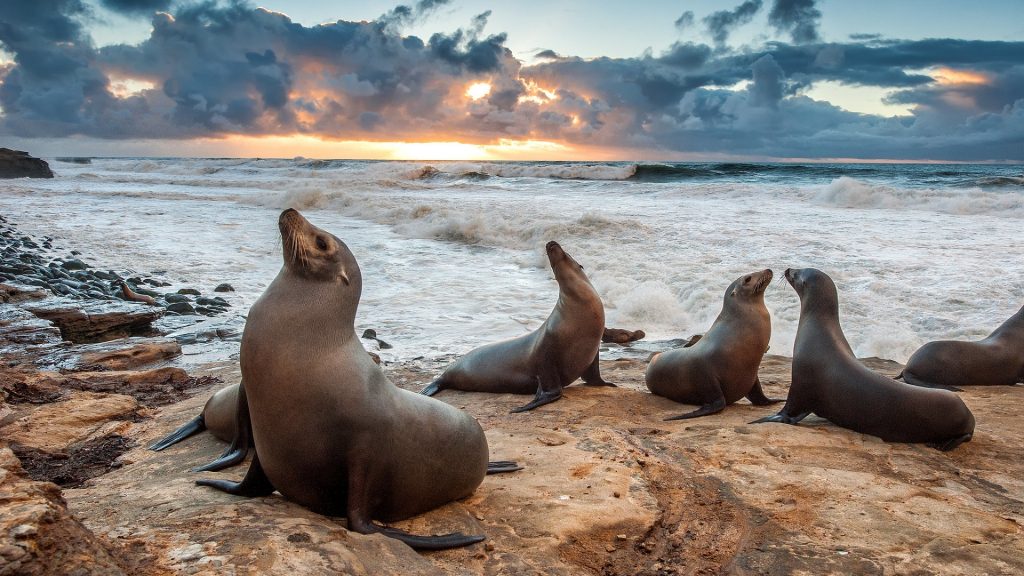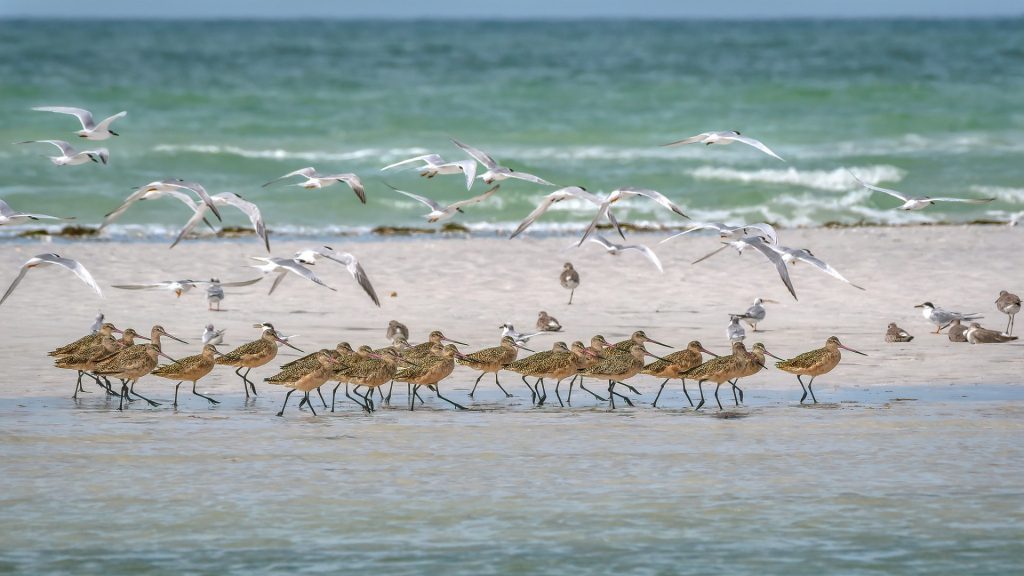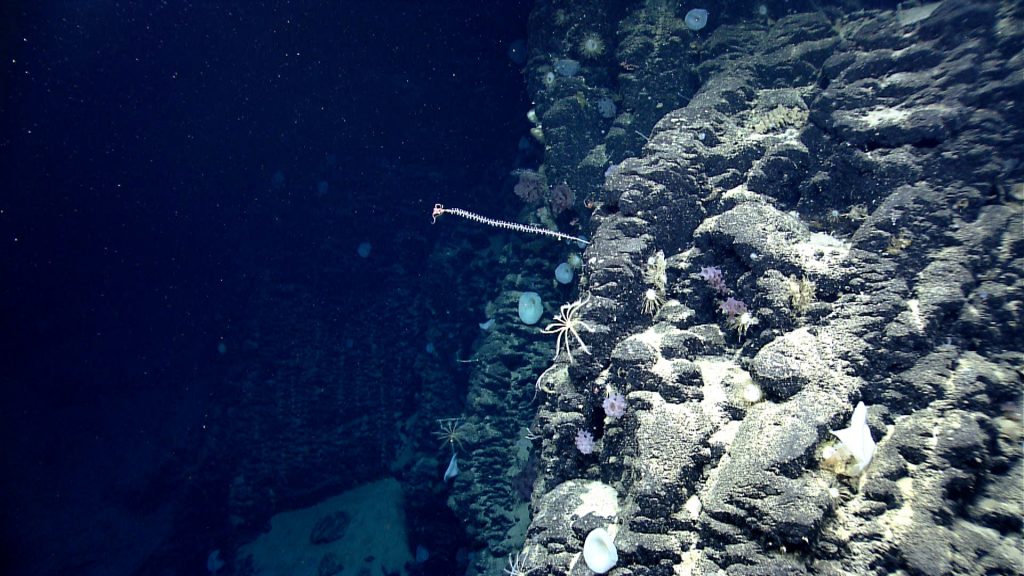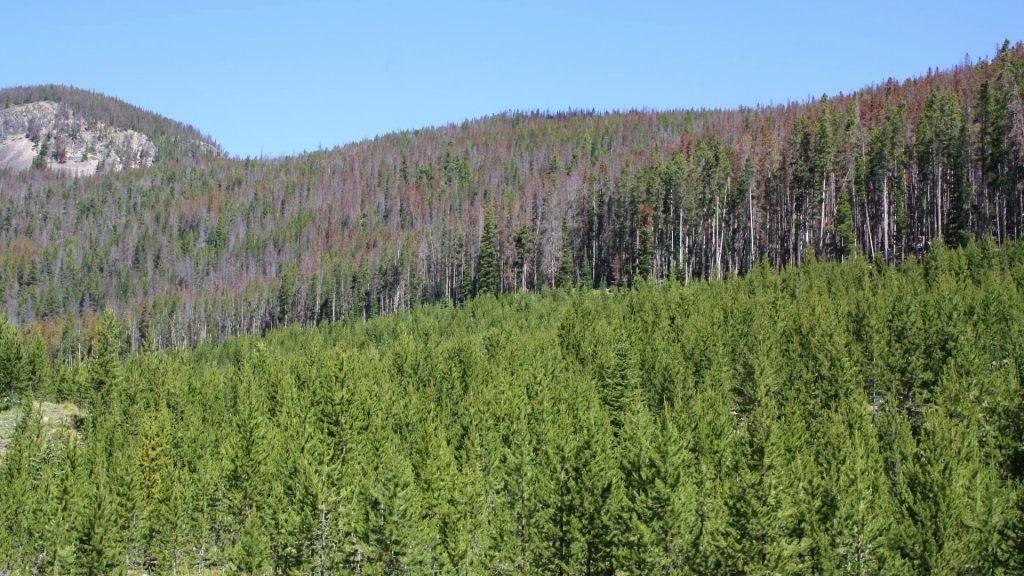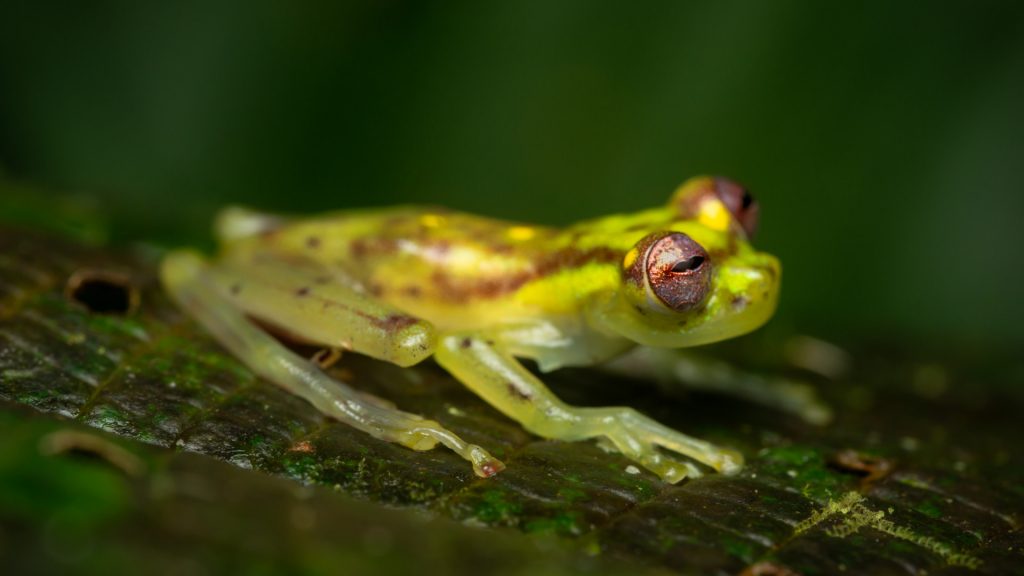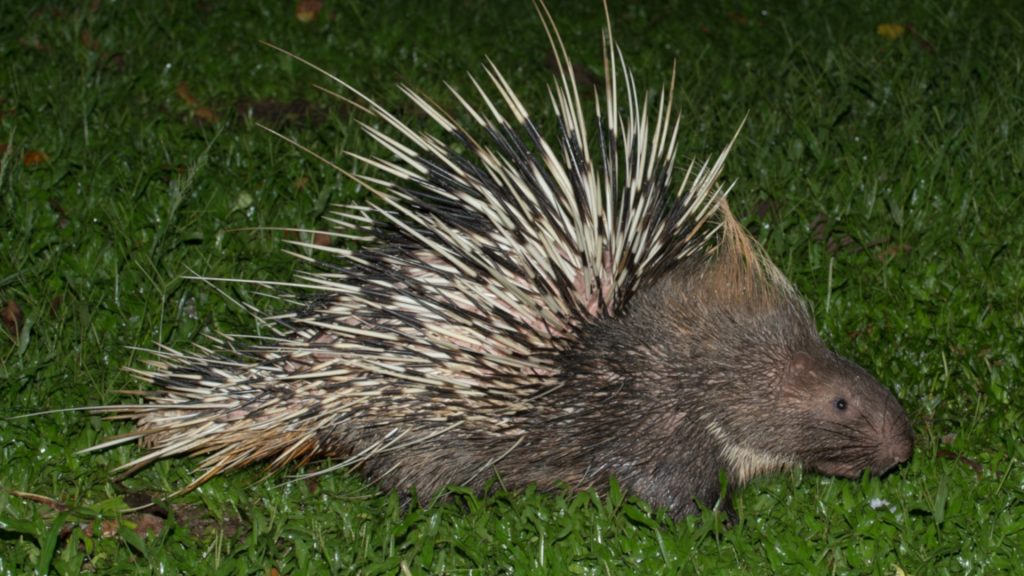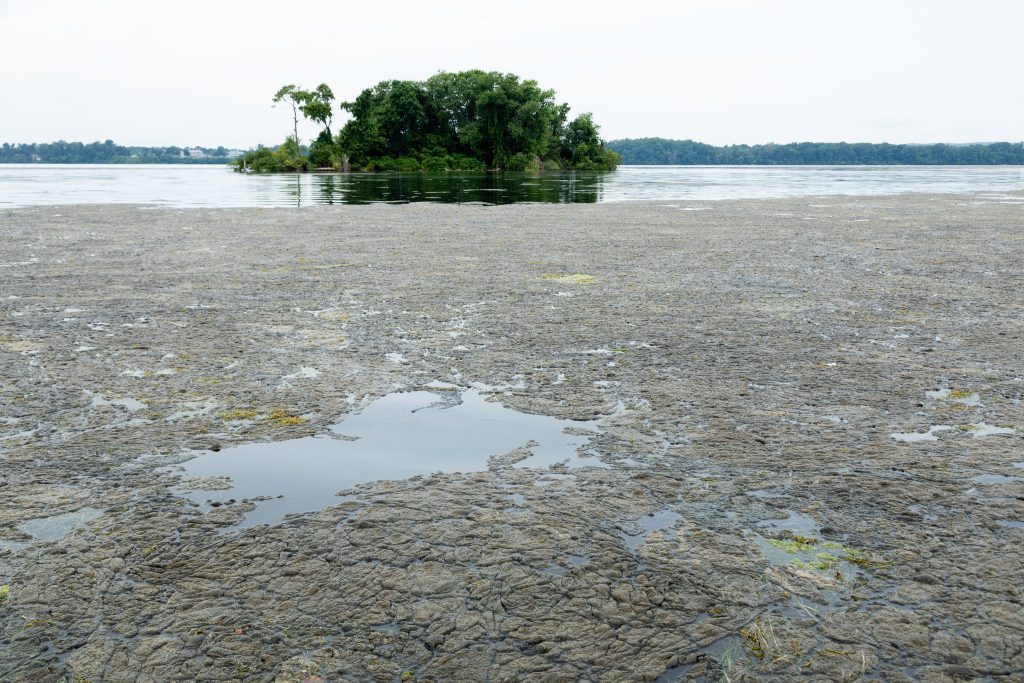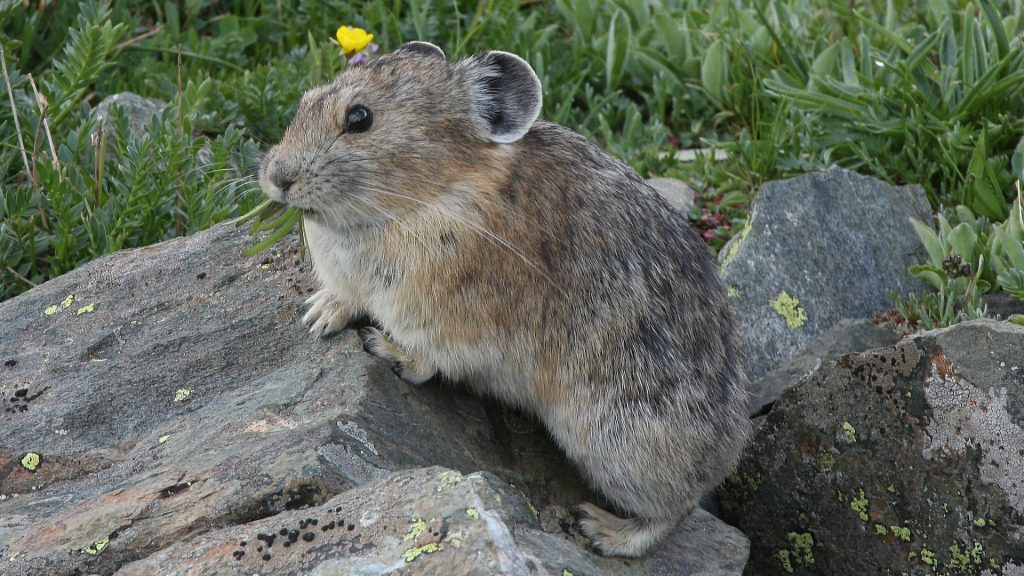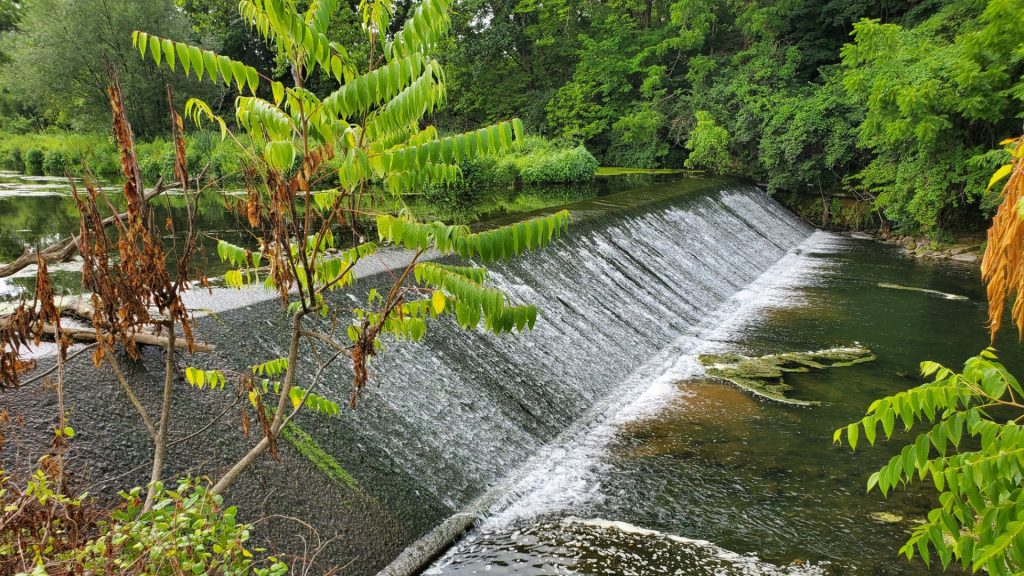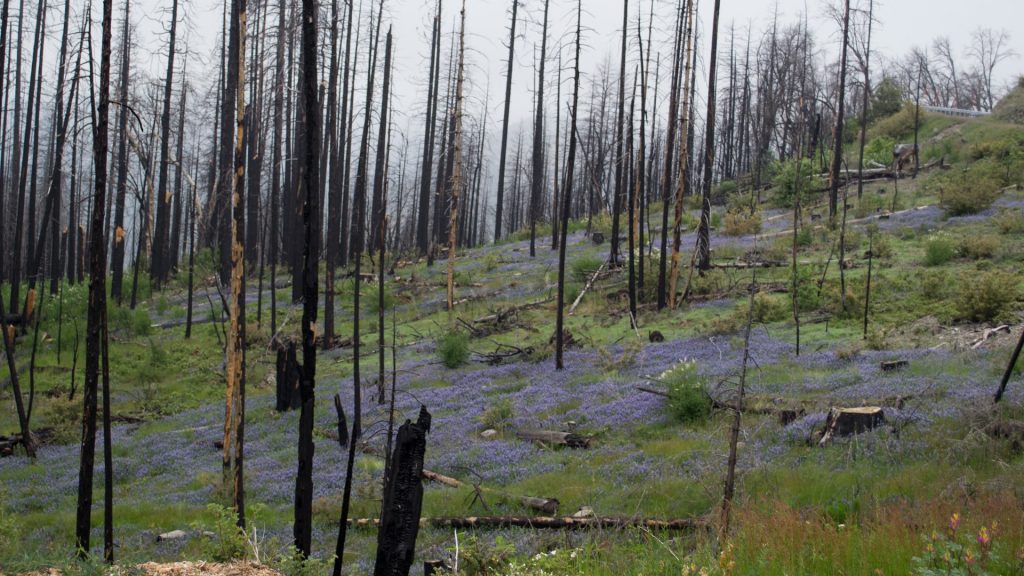
Western Wildfires Will Be a Boon for These Native Species
As scary as wildfires are for people living near them, burned forests create some of the most biodiverse ecosystems.
As scary as wildfires are for people living near them, burned forests create some of the most biodiverse ecosystems.

